Algorithms
Simulated sequence alignment software: An alternative to MSA benchmarks

In our previous article, we discussed different multiple sequence alignment (MSA) benchmarks to compare and assess the available MSA programs. However, since the last decade, several sequence simulation software have been introduced and are gaining more interest. In this article, we will be discussing various sequence simulating software being used as alternatives to MSA benchmarks.
The basic motivation of using simulated sequence alignments as the reference sets for assessing the quality of MSAs generated by MSA programs is that they help in creating accurate alignments as their evolutionary history is known and can be easily generated by inserting, deleting, or substituting the residues, by changing the sequence length and number of sequences, which is not the case in MSA benchmark alignments. MSA benchmarks are semi-automatedly generated and generate a specific set of reference alignments such as different sets of BAliBase [1-3]. One of the benchmark databases has been generated using a sequence simulator, i.e., ROSE [4]. There is various sequence simulating software available which have been used in assessing the performance of different MSA programs.
ROSE software can be used for DNA, RNA, and protein sequences incorporating indels in accordance with the evolutionary distance guided by an evolutionary tree [4]. SIMPROT is one of the most widely used sequence simulators, which can be applied to protein sequences only [5]. Indel-Seq-Gen 2.1.03 creates highly divergent DNA sequences and protein families and incorporates various indel models [6]. MySSP also incorporates different models of evolution such as Jukes-Cantor [7], Hasegawa-Kishino-Yano [8], and Kimura-two parameter [9]. Another software DAWG is used to simulate evolution by incorporating the general time reversible model, gamma, and invariant rate heterogeneity [10]. Recently, some other software has been introduced such as NetRecodon [11], PhyloSim [12], ProteinEvolver [13], and ∏-BUSS [14].
These sequence simulator software has been applied in different studies on evaluation of MSA programs and found quite helpful in providing sets of reference alignments [15,16]. Apart from the advantages of using the sequence simulators as the reference alignments for comparing the performance and quality of MSA programs, it has some pitfalls also: using the simulation settings more close to an MSA program may provide it an excessive advantage [15]. Another drawback is that the simulated sequences cannot explain the evolutionary aspects because of the dependency of all observations obtained from the true alignments on assumptions of the model used to reconstruct the simulated alignments.
References
- Thompson, J., Plewniak, F., & Poch, O. (1999). BAliBASE: a benchmark alignment database for the evaluation of multiple alignment programs. Bioinformatics, 15(1), 87–88. https://doi.org/10.1093/bioinformatics/15.1.87
- Bahr, A., Thompson, J. D., Thierry, J.-C., & Poch, O. (2001). BAliBASE (Benchmark Alignment dataBASE): enhancements for repeats, transmembrane sequences and circular permutations. Nucleic Acids Research, 29(1), 323–326. https://doi.org/10.1093/nar/29.1.323
- Thompson, J. D., Koehl, P., Ripp, R., & Poch, O. (2005). BAliBASE 3.0: Latest developments of the multiple sequence alignment benchmark. Proteins: Structure, Function, and Bioinformatics, 61(1), 127–136. https://doi.org/10.1002/prot.20527
- Stoye, J., Evers, D., & Meyer, F. (1998). Rose: generating sequence families. Bioinformatics, 14(2), 157–163. https://doi.org/10.1093/bioinformatics/14.2.157
- Pang, A., Smith, A. D., Nuin, P. A., & Tillier, E. R. (2005). SIMPROT: using an empirically determined indel distribution in simulations of protein evolution. BMC bioinformatics, 6(1), 236.
- Strope, C. L., Abel, K., Scott, S. D., & Moriyama, E. N. (2009). Biological sequence simulation for testing complex evolutionary hypotheses: indel-Seq-Gen version 2.0. Molecular biology and evolution, 26(11), 2581-2593.
- Jukes, T. H., & Cantor, C. R. (1969). Evolution of Protein Molecules. Mammalian Protein Metabolism, 3, 21–132. Retrieved from https://books.google.com/books?hl=en&lr=&id=FDHLBAAAQBAJ&oi=fnd&pg=PA21&dq=Evolution+of+protein+molecules+jukes+cantor&ots=blcsZIY2gB&sig=TuCtkRMRPIk0aXXOkOkGAvegaM0#v=onepage&q=Evolution of protein molecules jukes cantor&f=false
- Hasegawa, M., Kishino, H., & Yano, T. aki. (1985). Dating of the human-ape splitting by a molecular clock of mitochondrial DNA. Journal of Molecular Evolution, 22(2), 160–174. https://doi.org/10.1007/BF02101694
- Kimura, M. (1980). A simple method for estimating evolutionary rates of base substitutions through comparative studies of nucleotide sequences. Journal of Molecular Evolution, 16(2), 111–120. https://doi.org/10.1007/BF01731581
- Cartwright, R. A. (2005). DNA assembly with gaps (Dawg): simulating sequence evolution. Bioinformatics, 21(Suppl 3), iii31-iii38. https://doi.org/10.1093/bioinformatics/bti1200
- Arenas, M. (2012). Simulation of molecular data under diverse evolutionary scenarios. PLoS Computational Biology, 8(5). https://doi.org/10.1371/journal.pcbi.1002495
- Sipos, B., Massingham, T., Jordan, G., & Goldman, N. (2011). PhyloSim – Monte Carlo simulation of sequence evolution in the R statistical computing environment. BMC Bioinformatics, 12(1), 104+. https://doi.org/10.1186/1471-2105-12-104
- Arenas, M., Dos Santos, H. G., Posada, D., & Bastolla, U. (2013). Protein evolution along phylogenetic histories under structurally constrained substitution models. Bioinformatics, 29(23), 3020–3028. https://doi.org/10.1093/bioinformatics/btt530
- Bielejec, F., Lemey, P., Carvalho, L., Baele, G., Rambaut, A., & Suchard, M. A. (2014). πBUSS: a parallel BEAST/BEAGLE utility for sequence simulation under complex evolutionary scenarios. BMC Bioinformatics, 15(1), 133. https://doi.org/10.1186/1471-2105-15-133
- Nuin, P. A., Wang, Z., & Tillier, E. R. (2006). The accuracy of several multiple sequence alignment programs for proteins. BMC bioinformatics, 7(1), 471.
- Pervez, M. T., Babar, M. E., Nadeem, A., Aslam, M., Awan, A. R., Aslam, N., … & Shoaib, M. (2014). Evaluating the accuracy and efficiency of multiple sequence alignment methods. Evolutionary Bioinformatics, 10, EBO-S19199.
- Iantorno, S., Gori, K., Goldman, N., Gil, M., & Dessimoz, C. (2014). Who watches the watchmen? An appraisal of benchmarks for multiple sequence alignment. In Multiple Sequence Alignment Methods (pp. 59-73). Humana Press, Totowa, NJ.
Algorithms
MOCCA- A New Suite to Model cis- regulatory Elements for Motif Occurrence Combinatorics

cis-regulatory elements are DNA sequence segments that regulate gene expression. cis-regulatory elements consist of some regions such as promoters, enhancers, and so on. These regions consist of specific sequence motifs. (more…)
Algorithms
vs_Analysis.py: A Python Script to Analyze Virtual Screening Results of Autodock Vina
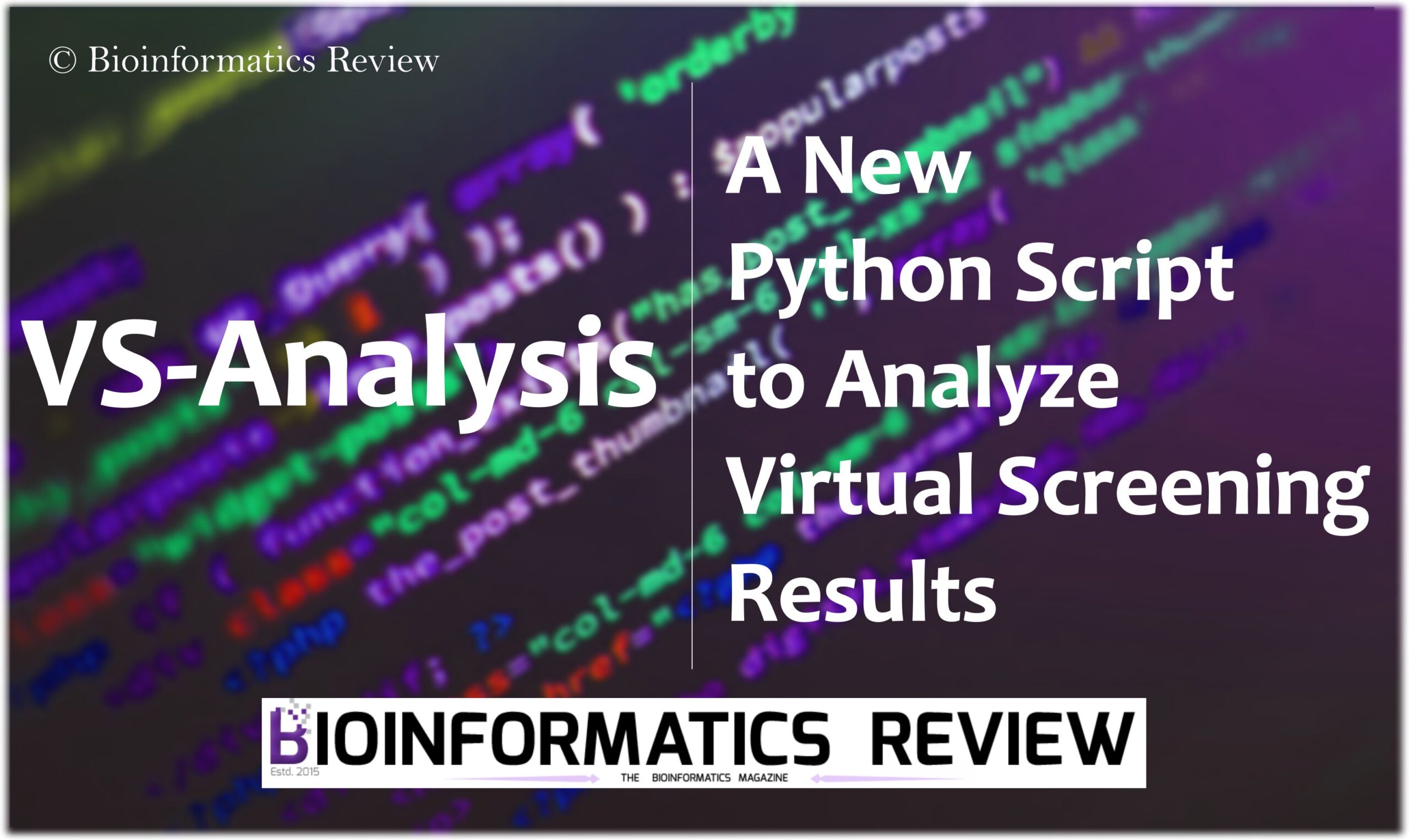
The output files obtained as a result of virtual screening (VS) using Autodock Vina may be large in number. It is difficult or quite impossible to analyze them manually. Therefore, we are providing a Python script to fetch top results (i.e., compounds showing low binding affinities). (more…)
Algorithms
How to search motif pattern in FASTA sequences using Perl hash?
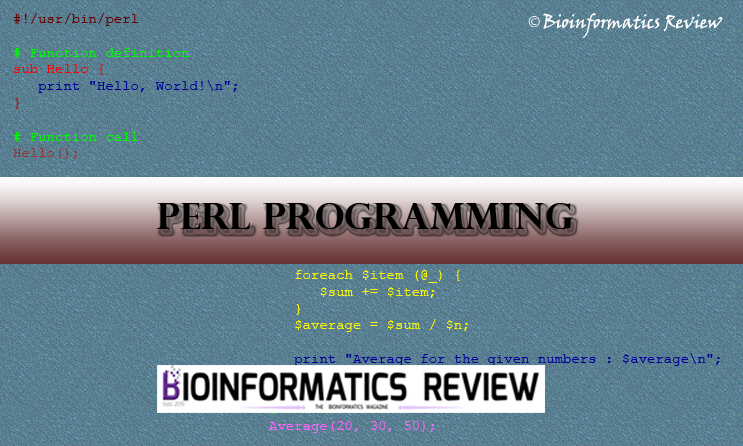
Here is a simple Perl script to search for motif patterns in a large FASTA file with multiple sequences.
Algorithms
How to read fasta sequences from a file using PHP?
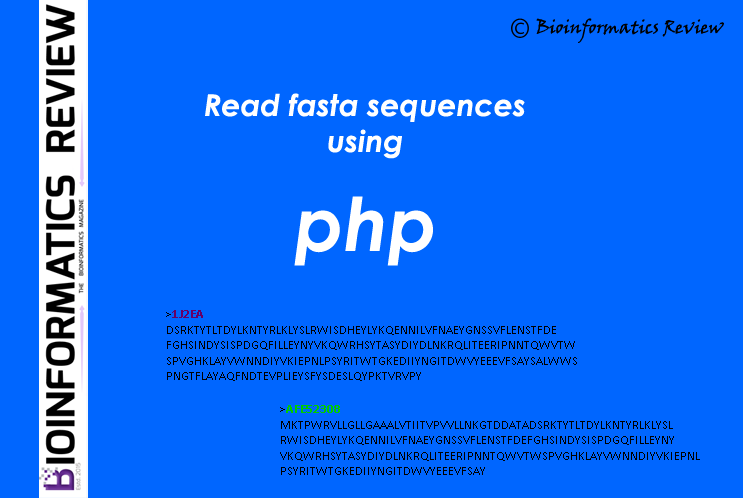
Here is a simple function in PHP to read fasta sequences from a file. (more…)
Algorithms
How to read fasta sequences as hash using perl?

This is a simple Perl script to read a multifasta file as a hash. (more…)
Algorithms
BETSY: A new backward-chaining expert system for automated development of pipelines in Bioinformatics

Bioinformatics analyses have become long and difficult as it involves a large number of steps implemented for data processing. Bioinformatics pipelines are developed to make this process easier, which on one hand automate a specific analysis, while on the other hand, are still limited for investigative analyses requiring changes to the parameters used in the process. (more…)
Algorithms
Algorithm and workflow of miRDB
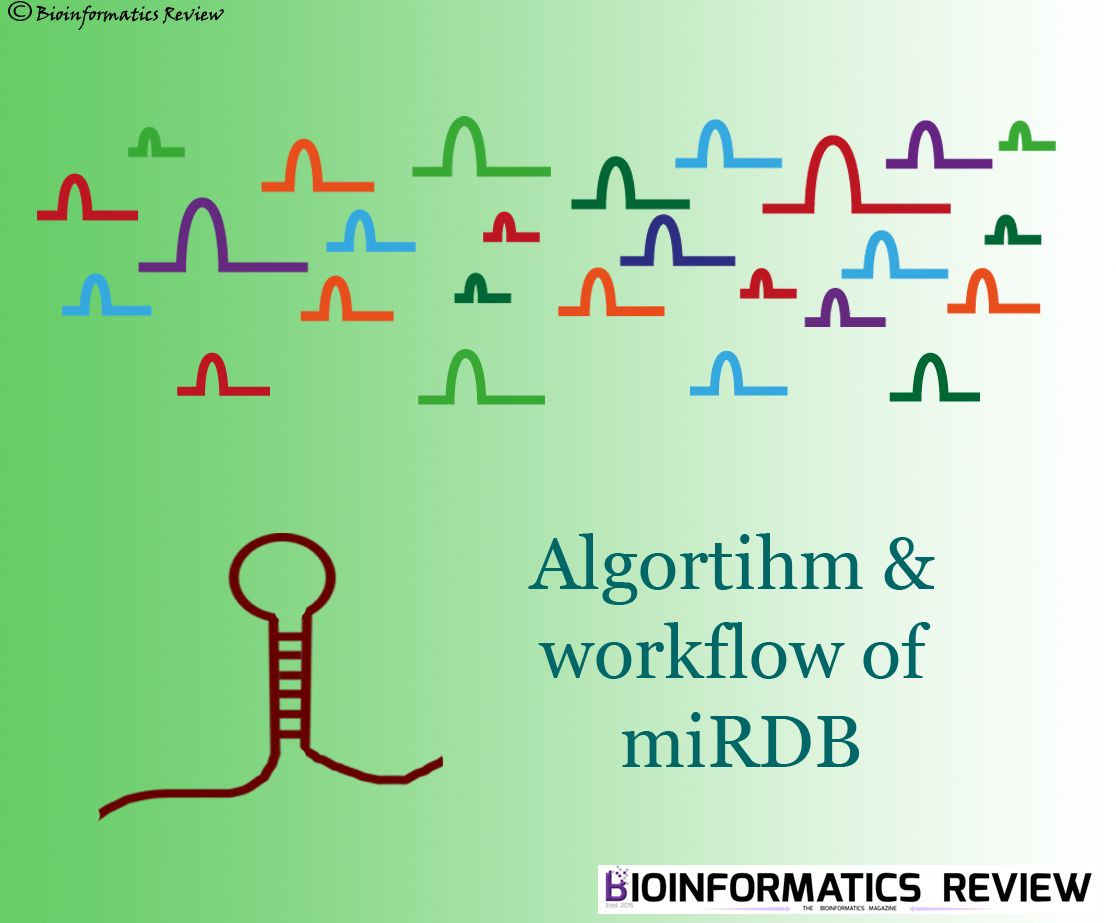
As mentioned in the previous article, Micro RNAs (miRNAs) are the short endogenous RNAs (~22 nucleotides) and originate from the non-coding RNAs [1], produced in single-celled eukaryotes, viruses, plants, and animals [2]. They play significant roles in various biological processes such as degradation of mRNA [3]. Several databases exist storing a large amount of information about miRNAs, one of such databases miRBase [4] was explained in the previous article, today we will explain the algorithm of miRDB [5,6], another database for miRNA target prediction. (more…)
Algorithms
miRBase: Explained

Micro RNAs (miRNAs) are the short endogenous RNAs (~22 nucleotides) and originate from the non-coding RNAs [1], produced in single-celled eukaryotes, viruses, plants, and animals [2]. miRNAs are capable of controlling homeostasis [2] and play significant roles in various biological processes such as degradation of mRNA and post-translational inhibition through complementary base pairing [3]. (more…)
Algorithms
Prediction of biochemical reactions catalyzed by enzymes in humans
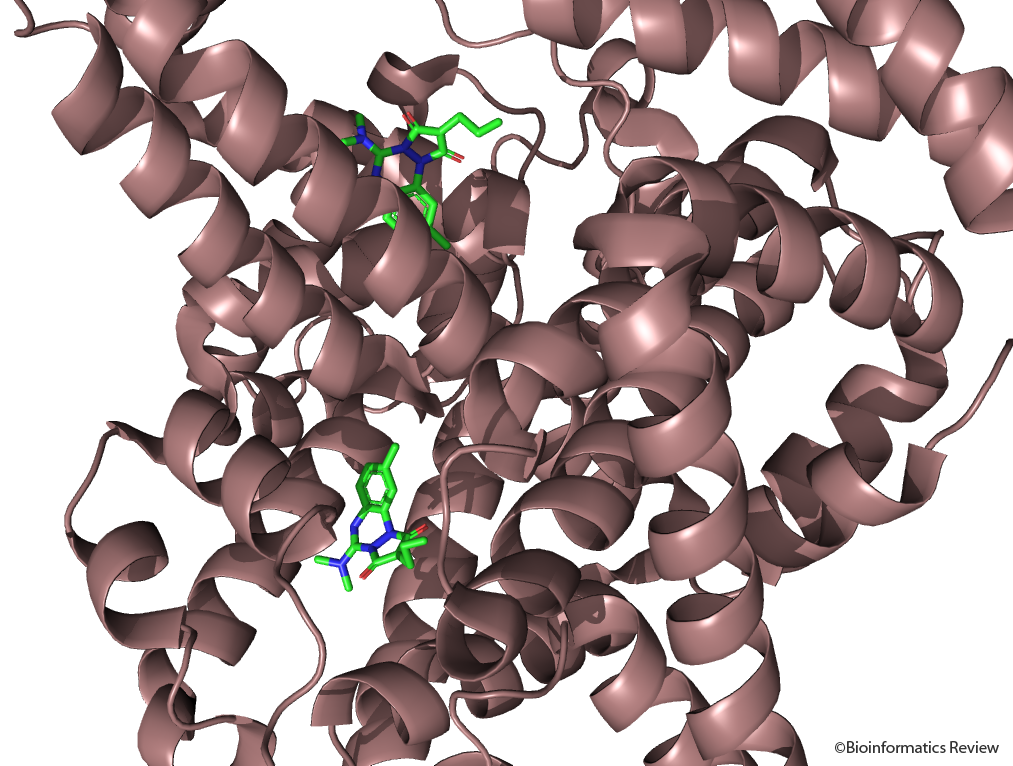
There are many biological important enzymes which exist in the human body, one of them is Cytochrome P450 (CyP450) enzymes which are mostly considered in drug discovery due to their involvement in the majority (75%) of drug metabolism [1]. Therefore, various in-silico methods have been applied to predict the possible substrates of CyP 450 enzymes [2-4]. Recently, an in-silico model has been developed to predict the potential chemical reactions mediated by the enzymes present in humans including CyP450 enzymes [5]. (more…)
Algorithms
A new high-level Python interface for MD simulation using GROMACS
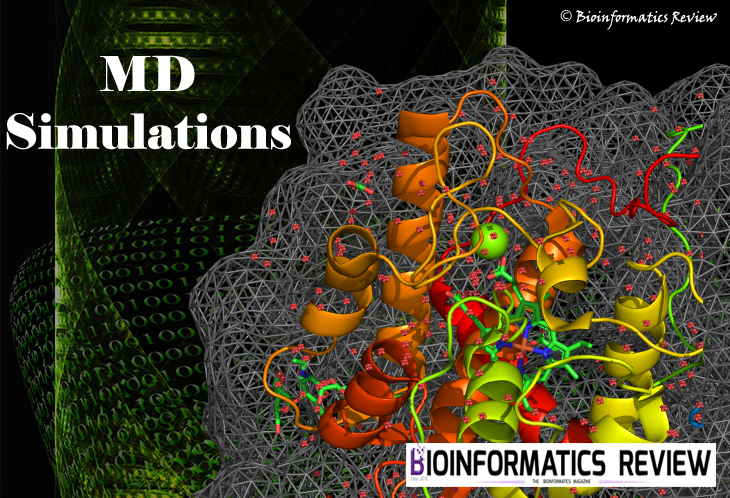
The roots of the molecular simulation application can be traced back to physics where it was applied to simplified hard-sphere systems [1]. This field of molecular simulation study has gained a lot of interest since then and applied to perform simulations to fold small protein at multi-microsecond scale [2-4], predict functional properties of receptors and to capture the intermediate transitions of the complex [5], and to study the movement and behavior of ligand in a binding pocket and also to predict interactions between receptors and ligands [6,7]. (more…)
Algorithms
Machine learning in prediction of ageing-related genes/proteins

Ageing has a great impact on human health, when people’s age advance towards 80 years, approximately half of the proteins in the body get damaged through oxidation. The chemical degradations occurring in our body produce energy by the consumed food via oxidation in the presence of oxygen. (more…)
Algorithms
Benchmark databases for multiple sequence alignment: An overview

Multiple sequence alignment (MSA) is a very crucial step in most of the molecular analyses and evolutionary studies. Many MSA programs have been developed so far based on different approaches which attempt to provide optimal alignment with high accuracy. Basic algorithms employed to develop MSA programs include progressive algorithm [1], iterative-based [2], and consistency-based algorithm [3]. Some of the programs incorporate several other methods into the process of creating an optimal alignment such as M-COFFEE [4] and PCMA [5]. (more…)
Algorithms
ab-initio prediction of protein structure: An introduction

We have heard a lot about the ab-initio term in Bioinformatics, which could be difficult to understand for newbies in the field of bioinformatics. Today, we will discuss in detail what ab-initio is and what are the applicable methods for it. (more…)
Algorithms
Intrinsically disordered proteins’ predictors and databases: An overview
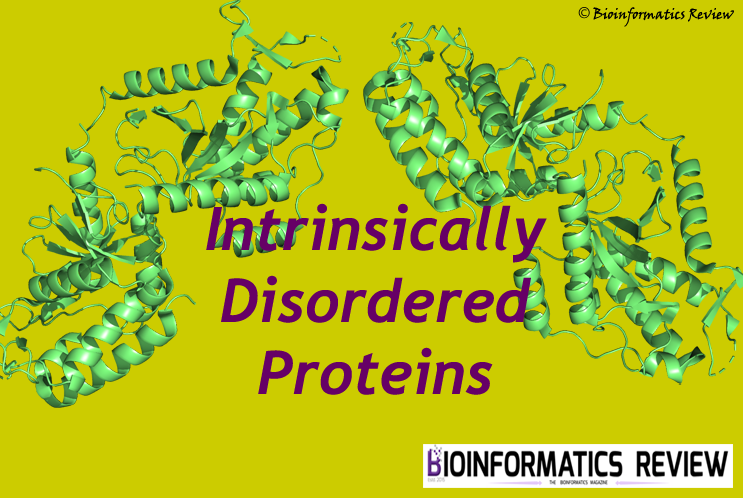
Intrinsically unstructured proteins (IUPs) are the natively unfolded proteins which must be unfolded or disordered in order to perform their functions. They are commonly referred to as intrinsically disordered proteins (IDPs) and play significant roles in regulating and signaling biological networks [1]. IDPs are also involved in the assembly of signaling complexes and in the dynamic self-assembly of membrane-less nuclear and cytoplasmic organelles [1]. The disordered regions in a protein can be highly conserved among the species in respect of both the composition and the sequence [2]. (more…)
Algorithms
An introduction to the predictors of pathogenic point mutations
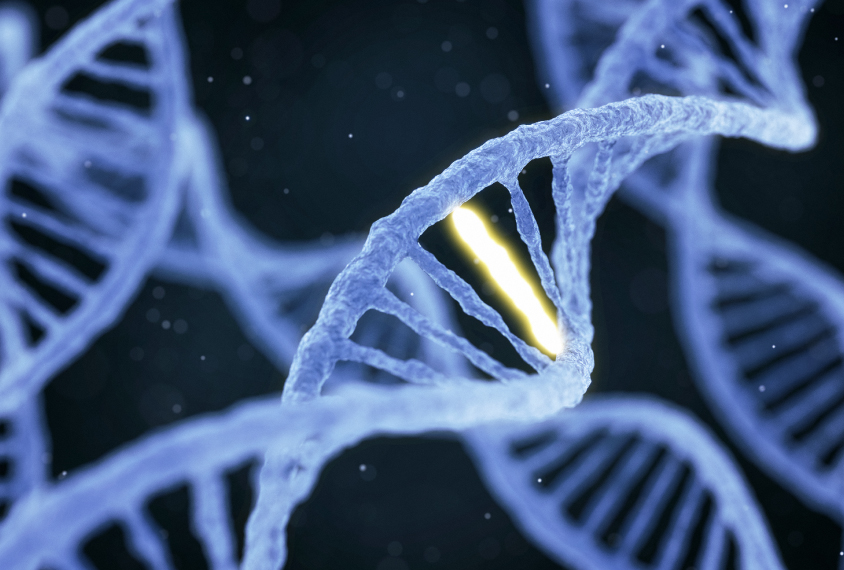
Single nucleotide variation is a change in a single nucleotide in a sequence irrespective of the frequency of the variation. Single nucleotide variants (SNVs) play a very important role in causing several diseases such as the tumor, cancer, etc. Many efforts have been made to identify the SNVs which were initially based on identifying non-synonymous mutations in coding regions of the genomes. (more…)
Algorithms
SparkBLAST: Introduction

The basic local alignment search tool (BLAST) [1,2] is known for its speed and results, which is also a primary step in sequence analysis. The ever-increasing demand for processing huge amount of genomic data has led to the development of new scalable and highly efficient computational tools/algorithms. For example, MapReduce is the most widely accepted framework which supports design patterns representing general reusable solutions to some problems including biological assembly [3] and is highly efficient to handle large datasets running over hundreds to thousands of processing nodes [4]. But the implementation frameworks of MapReduce (such as Hadoop) limits its capability to process smaller data. (more…)
Algorithms
Role of Information Theory, Chaos Theory, and Linear Algebra and Statistics in the development of alignment-free sequence analysis

Sequence alignment is customary to not only find similar regions among a pair of sequences but also to study the structural, functional and evolutionary relationship between organisms. Many tools have been discovered to achieve the goal of alignment of a pair of sequences, separately for nucleotide sequence and amino acid sequence, BLOSSUM & PAM [1] are a few to name. (more…)
Algorithms
Bioinformatics Challenges and Advances in RNA interference

RNA interference is a post-transcriptional gene regulatory mechanism to down-regulate the gene expression either by mRNA degradation or by mRNA translation inhibition. The mechanism involves a small partially complementary RNA against the target gene. To perform the action, it also requires a class of dedicated proteins to process these primary RNAs into mature microRNAs. The guide sequence determines the specificity of the miRNA. Therefore, the knowledge of the guide sequence is crucial for predicting its targets and also exploiting the sequence to create a new regulatory circuit. In this short review, we will briefly discuss the role and challenges in miRNA research for unveiling the target prediction by bioinformatics and to foster our understanding and applications of RNA interference. (more…)
Algorithms
Systems pharmacology and drug development

Systems pharmacology is an emerging area in the field of medicinal chemistry and pharmacology which utilizes systems network to understand drug action at the organ and organism level. It applies the computational and experimental systems biology approaches to pharmacology, which includes network analyzes at multiple biological organization levels facilitating the understanding of both therapeutic and adverse effects of the drugs. Nearly a decade ago, the term systems pharmacology was used to define the drug action in a specific organ system such as reproductive pharmacology [1], but to date, it has been expanded to different organ and organism levels [2]. (more…)
Algorithms
Recent advances in in-silico approaches for enzyme engineering
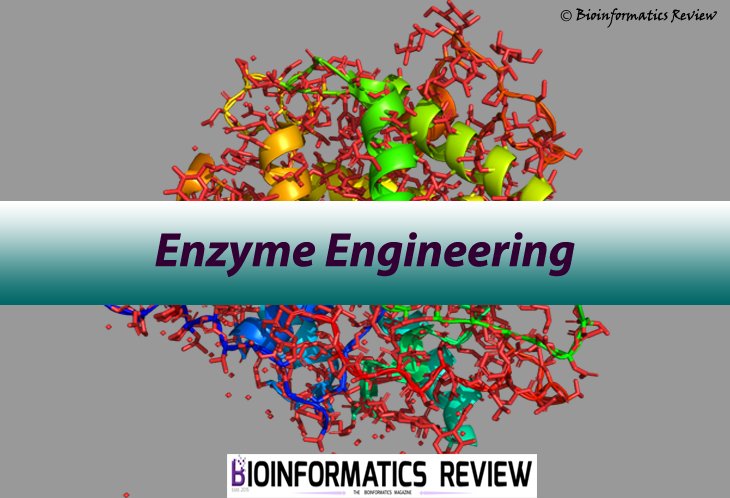
Enzymes are natural biocatalysts and an attractive alternative to chemicals providing improved efficiency for biochemical reactions. They are widely utilized in industrial biotechnology and biocatalysis to introduce new functionalities and enhance the production of enzymes. In order to be proved beneficial for industrial purposes, the enzymes need to be optimized by applying protein engineering. This article specifically reviews the recent advancements in the computational approaches for enzyme engineering and structural determination of the enzymes developed in recent years to improve the efficiency of enzymes, and the creation of novel functionalities to obtain
products with high added value for industrial applications. (more…)




You must be logged in to post a comment Login